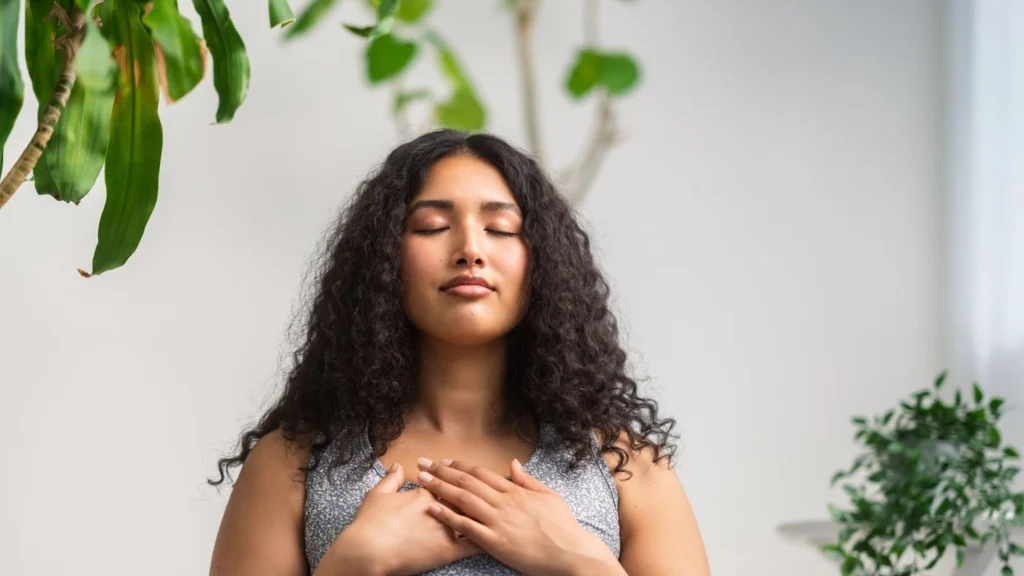Introduction to Mindfulness and Relaxation
Mindfulness and relaxation are increasingly recognized as essential tools in managing the stress and demands of modern life. Mindfulness is the practice of being present in the moment, aware of your thoughts, feelings, and surroundings without judgment. Relaxation techniques, on the other hand, help reduce tension in the body and mind, promoting a sense of calm and overall well-being. For beginners, these practices can be both simple and immensely rewarding. If you’re new to mindfulness and relaxation, this guide will introduce you to easy ways to begin your journey and experience the benefits of feeling more present.
Understanding the Benefits of Mindfulness
The benefits of mindfulness extend far beyond mental clarity. Studies have shown that practicing mindfulness can lead to reduced anxiety, improved focus, better sleep, and a heightened sense of well-being. Physically, it can lower blood pressure and reduce symptoms of chronic pain. By training your mind to focus on the present, mindfulness can help quiet the mental chatter that often leads to stress. Whether you’re dealing with work pressures, personal challenges, or simply want to feel more connected to yourself and others, mindfulness offers profound advantages for your mental and physical health.
Simple Breathing Exercises for Relaxation
Breathing is at the heart of most mindfulness practices and remains one of the simplest ways to relax. By focusing your attention on your breath, you can anchor yourself in the present moment. Try this simple exercise to get started: sit comfortably, close your eyes, and inhale deeply through your nose for a count of four. Hold your breath for a count of four, and then exhale slowly through your mouth for another count of four. Repeat this cycle for a few minutes. This technique calms the nervous system, reduces stress, and brings your mind into focus.
Practicing Mindful Body Scan Techniques
A great way to calm your mind and relax your body is through a mindful body scan. This technique involves paying attention to different parts of your body, starting from your head and moving down to your toes. Lie down comfortably or sit in a chair, and bring your attention to your forehead. Notice any tension, and consciously relax it. Slowly move your focus to your neck, shoulders, arms, and so on, releasing tension as you go. A mindful body scan encourages relaxation and helps you connect with how you’re feeling physically, making it especially useful for unwinding at the end of the day.
Incorporating Mindfulness into Daily Activities
Mindfulness does not have to be confined to a meditation cushion or a yoga mat. You can incorporate mindfulness into everyday activities like eating, walking, or even washing the dishes. For example, when eating a meal, pay attention to the aroma, texture, and taste of your food rather than eating mindlessly in front of the TV. Similarly, while walking, notice the sensation of your feet touching the ground and the sounds around you. These small moments of mindfulness in your daily routine help you stay present and foster a deeper appreciation of life’s ordinary moments.
Creating a Relaxing Environment
Your environment plays a significant role in your ability to relax and practice mindfulness. A clutter-free and calming space can support your practice and make it easier to focus. Set up a quiet corner in your home with minimal distractions. Add elements like soft lighting, a comfortable cushion or chair, soothing scents such as lavender, and even calming music. Creating a designated space for mindfulness and relaxation reinforces your commitment to the practice and makes it more inviting to return to daily.
Chart: Comparison of Different Mindfulness Techniques
Below is a comparison of popular mindfulness techniques, their benefits, and the time required to practice them.
|
Technique |
Primary Benefit |
Time Commitment |
|---|---|---|
|
Breathing Exercises |
Reduces stress instantly |
5–10 minutes daily |
|
Body Scan |
Deep relaxation and tension relief |
10–20 minutes |
|
Mindful Eating |
Enhanced awareness and gratitude |
During meals |
|
Walking Meditation |
Boosts focus and clarity |
10–30 minutes |
|
Journaling |
Emotional processing |
10–15 minutes |
This chart can guide you in choosing a technique that aligns with your goals and schedule.
Overcoming Challenges in Mindfulness Practice
It’s common to face challenges when starting out with mindfulness and relaxation. Many beginners struggle with distractions, restlessness, or feelings of impatience. These are normal experiences that should not deter you from continuing. Mindfulness is a skill—it takes practice and patience to improve. Start small, with just a few minutes of practice a day, and gradually increase as you feel comfortable. Remember, there’s no “right” way to do it. Be kind to yourself and approach your practice with curiosity rather than judgment.
Resources for Further Exploration of Mindfulness
If you’re ready to take your mindfulness and relaxation practice further, there are plenty of resources available. Apps like Calm, Headspace, and Insight Timer offer guided meditations and mindfulness exercises tailored to different needs and skill levels. Books like “The Miracle of Mindfulness” by Thich Nhat Hanh and “Wherever You Go, There You Are” by Jon Kabat-Zinn are excellent reads for beginners. Additionally, many local community centers and studios offer mindfulness or yoga classes, providing a supportive environment to deepen your practice.
Embracing Mindfulness for a Balanced Life
Mindfulness and relaxation are not just practices—they’re tools for creating a more balanced, present, and joyful life. By taking the time to breathe, observe, and connect, you can break free from the stresses of daily life and cultivate a greater sense of peace and well-being. Start small, explore the techniques that resonate with you, and gradually move toward making mindfulness a natural part of your routine. Remember, the road to mindfulness isn’t a race—it’s a lifelong practice.




